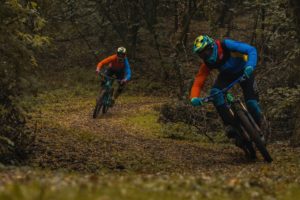
Photo by Lorenzo Cerato on Unsplash
In my post, What is Curriculum?, I laid out my thoughts by explaining, “To me, curriculum is the map at the trailheads of a network of bike trails” (Westwood, 2020, para.1). I suggested that the students were represented by the riders and the educators were represented by the trail guides. It follows that the entire educational journey is represented by the trails and not all riders take the same trail. I am happy with this metaphor but works of authors, Dwayne Donald, Ted Aoki, Maria Montessori, and Kieran Egan have inspired me to take a second look at the trail map.
The trail map has some stops where the Indigenous peoples of Canada are discussed; the history stop is fairly well trampled but there is much more to learn. For example, I doubt that any Indigenous person would appreciate me referring to them as “of Canada” since Canada is a settler label. This is where my trail map really falls short. It was drawn by settlers for settlers. Donald states, “What is needed is a decolonizing form of curriculum theorising that conceptualizes Aboriginal and Canadian perspectives as relational, interreferential, and mutually implicative” (Donald, 2009, p. 24). This seems to suggest that riders may travel the same trails but they may observe things along the journey in a number of different ways, including Indigenous perspectives. Perhaps, they ride a bit slower with a bit more care or in groups that share knowledge and ways of knowing with each other. The problem for the guides is that many have no idea what those perspectives are. In addition, I believe some of the perspectives differ from community to community. How can someone write an Indigenous perspective to be “covered” in the curriculum if the perspective of Indigenous people from W̱SÁNEĆ differ from those of the Secwépemc? Donald argues that we need Indigenous peoples to share their inherited wisdom and “teach the dominant society about balance, justice, peace, and living well on the land” (p. 27). With Indigenous experts on the trail, telling the guides and riders what to notice, in time, the guides will become skilled in sharing that knowledge as well. The Indigenous perspective cannot be written up in a provincial curriculum document, it must remain part of the lived curriculum.
Aoki’s writing makes the distinction between curriculum-as-plan and the lived curriculum (Aoki, 1993). The curriculum-as-plan is the set of curriculum statements laid out by curriculum planners. This element is what I usually think of when someone mentions curriculum and is represented as such by the trail map in my metaphor. The trail map is posted for all to see by officials who have never met the riders on each trail. The lived curriculum is the one that educators must tune into but is not necessarily visible. This is the one that is affected by practicalities and personalities, the uniqueness of learners and pedagogical situations, “the more poetic, phenomenological and hermeneutic discourse in which life is embodied in the very stories and languages people speak and live” (Aoki, 1993, p.261). Aoki posits that the educator must move between the curriculum-as-plan and the lived curriculum so in my metaphor, I envision the educator dashing back and forth between the trail map and the rest of the goings-on on the trails. Educators have to respond to every broken spoke, every skinned knee, every unique discovery, and change their practice for all their learners as well as the individuals. As an aside, I also enjoy how Aoki describes the curricular landscape as arboreal as that is how I see these bike trails.
Finally, how do the writings of Maria Montessori fit into my metaphor? Montessori (1912) wrote that schools “must permit the free, natural manifestations of the child” (p. 25). She believed that external rewards and punishments force learners to complete unnatural and barren tasks in unnatural and barren settings. She added that under such conditions, a learner could never become a master. It follows that in order to become a master, one must study according to one’s passions. One hundred years later, Kieran Egan would likely agree. “One of the problems with much schooling is that we do not spend time enough to find topics ‘become sweet’, indeed, we skip across the surface of so much learning that the whole enterprise can become to many students ‘tedious and distasteful.’” (Egan, 2020). It is easy to permit kindergarten students to explore freely and follow their interests. The trail map is designed to give them room to follow their passions. That said, I know many educators continue to use prizes and punishments to modify learners’ behaviours, completing tasks and sitting up straight at circle time. Because learners’ movement and inspired whims are more easily indulged in Kindergarten, it is easy to envision the many trails meandering through the trail network as learners explore on their own or in small groups. What I do not often see, is the top of the trails, where I believe learners are forced on narrower, steeper trails in order to qualify for post-secondary education. How many learners at the top have opportunities for learning in depth?
In Kindergarten, when young learners are grappling with what the expectations of school are, they do not necessarily seek to pursue in depth learning. It is the work of the educator to observe and listen to learners, to discover their interests, and encourage them to explore topics to greater detail. This, I know, is a place where I need to work on my own practice and have been for the past few years. I need to spend more time as a guide and less as a park ranger. An even higher priority is my need to decolonize Kindergarten. How will I incorporate Indigenous ways of knowing beyond greetings and counting to ten in SENĆOŦEN? I need to find knowledge keepers who are willing to share their ways of knowing. I need to find different ways of exploring the trails with my learners. I must observe and discover my learners so I can make the most of our lived curriculum.
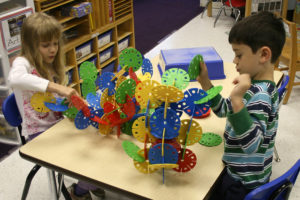
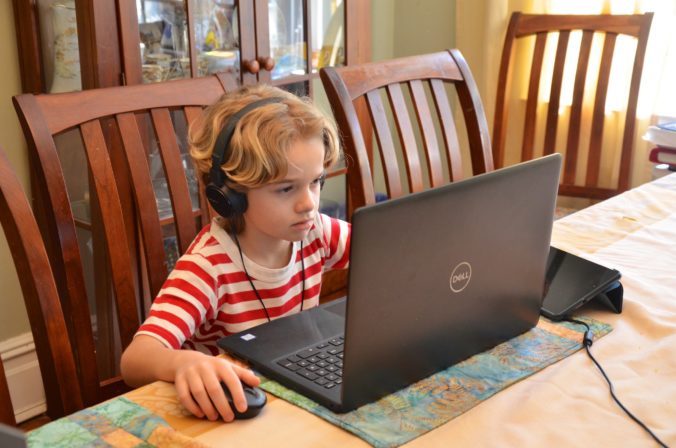
 We began this project by searching the internet for articles, blog posts, and Twitter feeds that addressed the concerns of building online and blended communities, and supporting parents. Below are some of the search engine descriptions we used:
We began this project by searching the internet for articles, blog posts, and Twitter feeds that addressed the concerns of building online and blended communities, and supporting parents. Below are some of the search engine descriptions we used: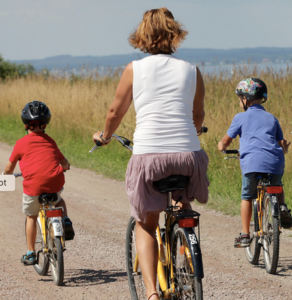
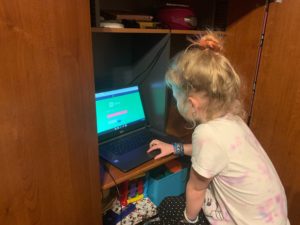
Recent Comments